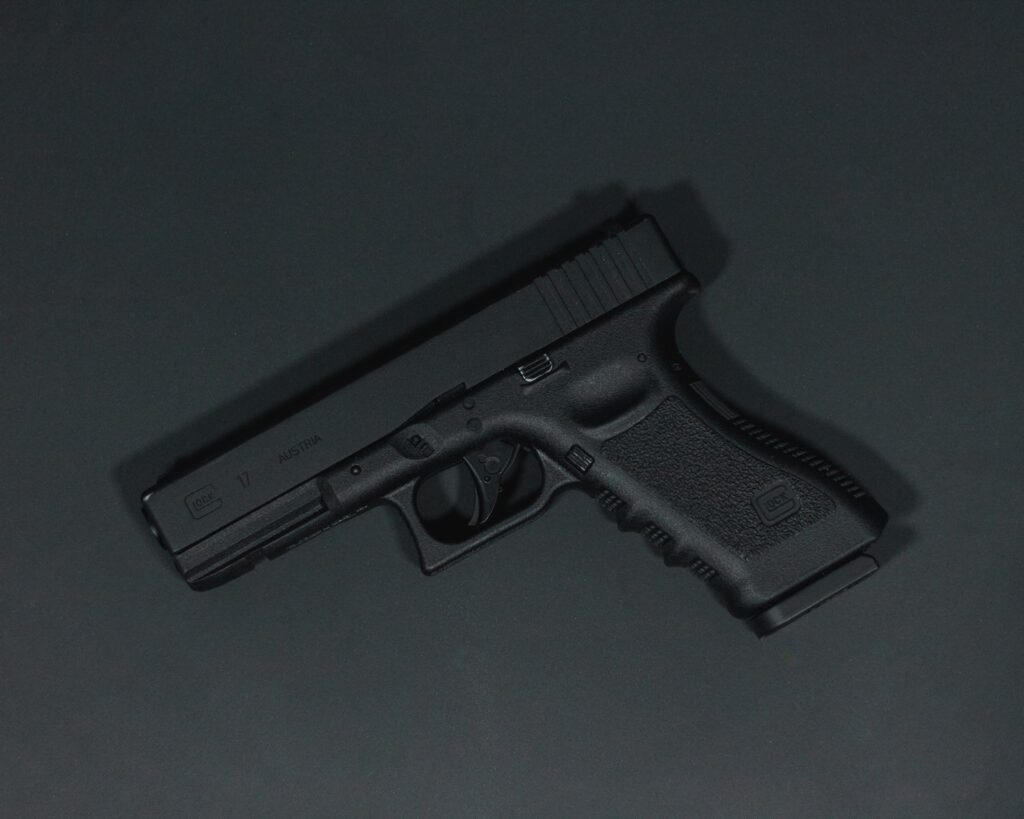US gun violence linked to climate crisis in new study
Almost 8,000 shootings in the US have been linked to above-average temperatures in a new study analysing the relationship between gun violence and the climate crisis.
In a first-of-its-kind analysis of heat-attributable shootings, researchers have identified a consistent relationship between higher temperatures and a higher risk of shootings in 100 of the USA’s most populated cities.
The study by Boston University School of Public Health and the University of Washington School of Social Work has found this is a nationwide issue, with nearly 7% of shootings attributable to unseasonable heat.
Results showed that the Northeast and Midwest regions saw the largest increases in gun violence on hotter-than-normal days.

‘Our study provides strong evidence that daily temperature plays a meaningful role in gun violence fluctuations,’ explained study senior author Dr. Jonathan Jay, assistant professor of community health sciences at BUSPH. ‘Even though some regions showed larger or smaller effects, the general pattern is remarkably consistent across cities.’
Gun violence is now the leading cause of death for children and teenagers in the US, overtaking car accidents in 2020.
This has only worsened during the pandemic and authors of the study say that as daily temperatures are at risk of rising even more, there is a need for ongoing policies and programs to adapt communities to heat and reduce the risk of heat-attributable gun violence.
Researchers analysed 116,000 shootings from 2015 to 2020, based on data from the Gun Violence Archive, and daily temperatures, accounting for seasonality and regional climate differences.
They found 7,973 shootings were attributable to unseasonable heat, with temperatures associated with gun violence varying considerably between cities.
‘It could be that heat causes stress, which makes people more likely to use aggression,’ Dr. Jay said. ‘Or it could be that people are more likely to get out on warmer days and have more interactions, which creates more opportunities for conflict and violence. Most likely, it’s a combination of both.’
Tree canopy cover and heat mitigation strategies could not only help to boost climate adaptation, but could also prevent gun violence, according to the research.
‘Cities with high rates of firearm violence should continue to implement firearm-prevention strategies broadly including credible messenger programs and hospital-based violence intervention programs,’ said study lead author Dr. Vivian Lyons, a research scientist in the Social Development Research Group at the University of Washington’s School of Social Work. ‘What our study suggests is that for cities with more heat-attributable shootings, implementing heat adaptation strategies at the community level—such as greening efforts that have been effective at reducing urban heat islands and have some association with reductions in firearm violence—may be particularly important.’
Photo by Jacob Boavista















